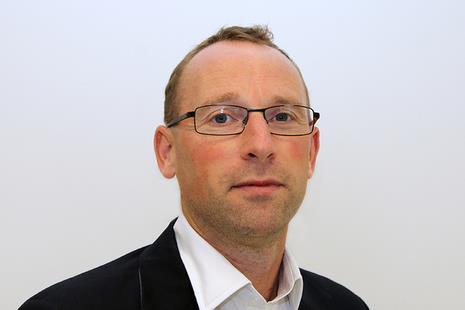The costs incurred per social housing increased by 14% due to high inflation and supply chain pressures
Housing associations’ median interest cover last year fell to its lowest level since 2010, according to the Regulator of Social Housing (RSH).
The RSH’s value for money report shows median interest cover - which compares earnings to interest payments and is used as a measure of financial capacity - fell by 54 percentage points to 128% compared to 2021, marking its lowest level since emerging from the financial recession in 2010.

The RSH said the drop in interest cover reflects the economic and political backdrop seen over the past couple of years.
This comes in the context of £4,586 rise in the average cost incurred per social housing unit, an increase of 14% compared to the previous year. The rise has been ascribed to high inflation, which rose to 10.1% in the period to March 2023, as well as supply chain pressures.
The RSH value for money metrics and reporting also revealed an 18% uptick in maintenance and major repairs for the year.
The report, published today covers 198 private housing associations with 1,000 units or more but excludes for-profit private registered providers. and local authority registered providers.
The report evaluates the performance of housing associations in terms of “value for money” based on the standards set by the RSH, and this report covers the period up to 31 March 2023.
In terms of development, the number of new social homes delivered by housing associations increased to 48,791 in the financial year ending 31 March 2023, according to a report by the Regulator of Social Housing.
In total providers with more than 30,000 social housing units accounted for 59% of the new social homes delivered in the sector.
This represented an increase of 7% compared to the delivery of 45,542 new social homes in the previous financial year.
The proportion of new social units compared to existing ones slightly dropped to 1.3%, but has remained stable over the past three years.
In 2023, the number of new non-social homes rose to 8,280, up from 5,552 the previous year.
The weighted average new supply of non-social homes as a percentage of total existing units increased from 0.18% to 0.27% during the year.
The RSH attributed this increase to a few providers and suggested it was likely a result of delays in delivering new homes following the Covid-19 pandemic.
>> See also: Civitas registers subsidiary Quartz Housing with the Regulator of Social Housing
>> See also: Housing association regulatory fees set to rise 1.5% from April
Will Perry, director of strategy at RSH, said: “Housing associations are grappling with a range of economic challenges while working to provide more and better social homes for people who need them.
“This creates competing pressures on their finances, and boards need to explain how they are allocating their resources and adding value. Our report allows stakeholders to scrutinise their landlord’s performance and hold them to account across a range of areas.”











No comments yet